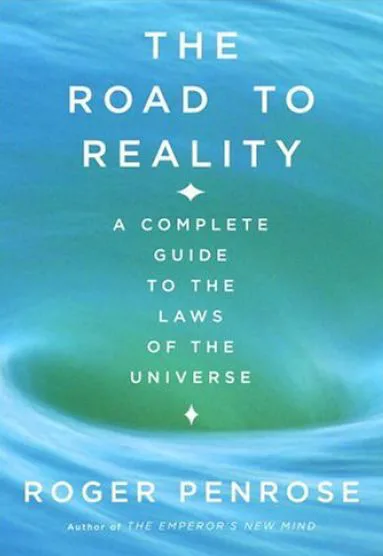
“The Road to Reality: A Complete Guide to the Laws of the Universe” by Sir Roger Penrose span over 1,100 pages. It was published in 2004. Sir Penrose is renowned for his contributions to the mathematical physics of general relativity and cosmology. In 2020, he was honored with the Nobel Prize in Physics for the discovery that black hole formation is a robust prediction of the general theory of relativity.
Sir Penrose is widely regarded as one of the greatest living physicists, mathematicians, and scientists. His book – The Road to Reality – offers comprehensive exploration of sophisticated physics concepts with advanced mathematical ideas.
Right in the preface, the author emphasizes that mathematics should be accessible to all. However, I being from non-mathematical background skipped most of the mathematics such as, modern physical theory, calculus, Fourier series, hyperfunctions, Riemann surfaces, and complex function theory. And here I am with the review 😀
Bridging Ancient Philosophy and Modern Science via Heraclitus
Sir Penrose reflects on a challenging journey that covers nearly two and a half millennia. His expedition starts from 500 B.C.E. with Heraclitus.
Both Plato and Aristotle criticized Heraclitus for what they perceived as extreme and logically incoherent views. Heraclitus posited three interrelated ideas:
- everything is in a constant state of change,
- opposite things are identical, and
- everything exists and does not exist simultaneously.
The author delves into the philosophical implications of Heraclitus’ idea that everything is in a constant state of change and that opposites are identical. Sir Penrose examines how these ancient philosophical concepts align or contrast with modern scientific understanding.
The Scientific Revolutions
The first window of Scientific Revolution, suggests Sir Penrose, was from 1543 to 1687. It was the time when gradual progress was made in the understanding of solar system, dynamics, and gravity.
Copernicus challenged the established views. He proposed a heliocentric system, that the planets orbit around the Sun. The contemporary times were such that scientific theories, even if they pass the testability test, were considered irrational.
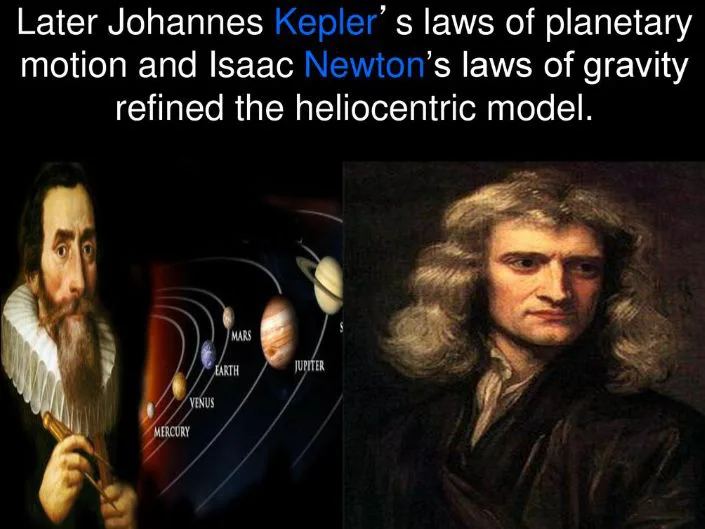
Then came the second Scientific Revolution in the 19th century. Science then explored new verticals of energy and entropy. And reshaped physics.
This second revolution led to a comprehensive understanding of:
- Our solar system’s position: With the improvements in telescopes and measurements, astronomers made significant progress in mapping the positions and movements of celestial bodies. Newton’s work explained the gravitational forces acting on celestial bodies. This enabled scientists to calculate and predict their orbits more accurately.
- The concept of a “disembodied” field: “Disembodied” refers to the idea that electromagnetic fields can exist independently of material bodies. This challenged the classical notion that fields needed material carriers. The foundation was laid by Michael Faraday’s experimental work on electromagnetic induction. He demonstrated the connection between electricity and magnetism. Subsequent Maxwell’s equations were mathematical proof of Faraday’s work.
- Electromagnetism’s mathematical description: Again, the mathematical synthesis of Faraday’s experimental findings into Maxwell’s equations gave rise to a unified theory. Eventually, it revolutionized the understanding of electricity and magnetism and laid the foundation for modern physics.
- Discovery of the electron: Thomson’s experiments showed that there is some entity that is much smaller and lighter than Hydrogen atom. Later, after two decades, de Broglie and Davisson, demonstrated that electrons exhibit both wave and particle characteristics.
- Second law of thermodynamics: It implies that natural processes tend to move towards a state of greater disorder. Therefore, an increase in entropy signifies an increase in disorder, and this process is inherently irreversible. The thermodynamic “arrow of time” points in the direction of increasing entropy. This understanding not only influenced the field of thermodynamics but also had broader implications for our conceptualization of time and the evolution of the universe.
The second Scientific Revolution of the 19th century marked a transformative period in the realm of science, particularly in the understanding of energy and entropy.
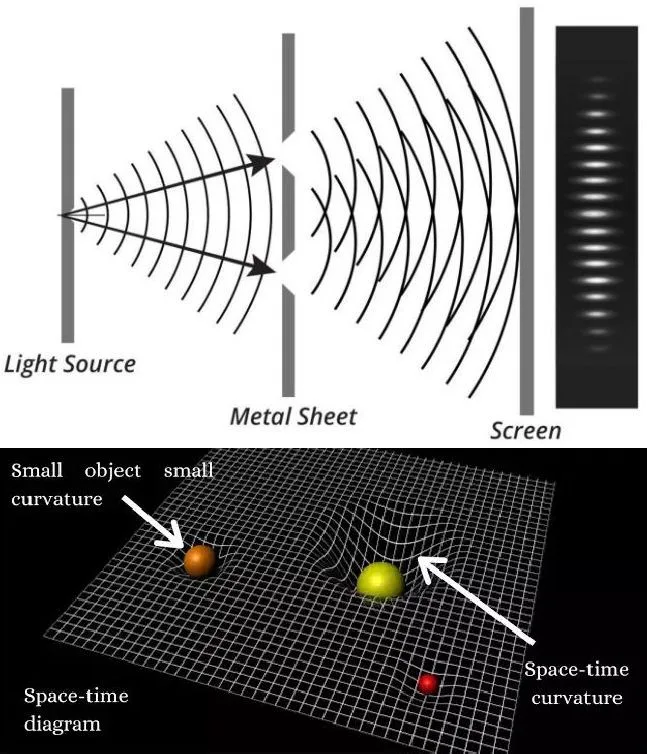
Challenges in Early 20th Century Physics
Although the second revolution was a huge success, yet the physics faced challenges during the early 20th century.
Topping the list was the conundrum on the wave-particle duality of light. Another persistent issue was with Newton’s law of gravitation.
While the law successfully described the force of gravity between masses. And provided a practical means of calculating this force. It, however, lacked an explanation for the mechanism behind gravity. Additionally, Newtonian gravity did not incorporate the concept of time into its formulation.
It wasn’t until the early 20th century with the development of Einstein’s general theory of relativity that a new understanding of gravity emerged. With this, the 20th century saw two major physics revolutions:
- Quantum theory: it blurred the line between wave and particle nature of light. And offered counterintuitive insights.
- General relativity: it gave a profound theory of gravity. Thus, uniting space and time.
A Decade of Particle Discoveries and the Birth of the Standard Model
The century also witnessed variety of subatomic particles. It all started with the discovery of proton and neutron (which led to the identification of strong and weak nuclear forces). Followed by positrons, muons, pions, kaons, and neutrinos.
In 1963, physicists Murray Gell-Mann and George Zweig independently proposed a groundbreaking theory that introduced the concept of “quarks”. Quarks are the building blocks of protons and neutrons, which are subatomic particles found in the nucleus of atoms.
Over the next decade and a half, the theory of quarks and their interactions evolved. And this led to the development of the Standard Model of particle physics.
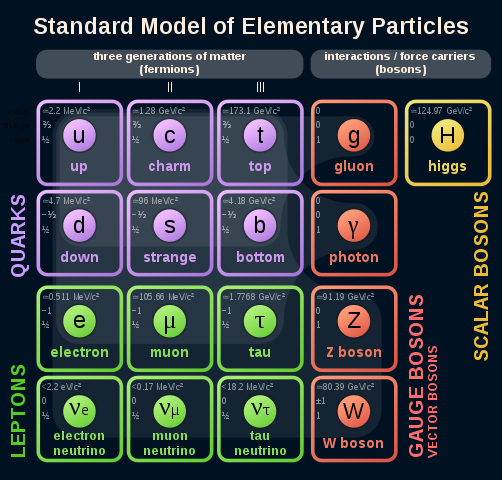
Uncovering Subatomic Secrets and Mysteries of the Universe
High-energy physicists delve into the smallest components of reality. While, astronomers and astrophysicists were busy transforming our understanding of the vast cosmos.
Galaxies beyond the Milky Way were confirmed by 1923. And at the same time, insights from general relativity gave birth new another branch of physics, that we call, Cosmology. Cosmologists specifically studied the origins and fate of our universe.
Knowledge from studying subatomic processes helped in two ways:
- firstly, it assisted in the understanding of stellar physics, and
- secondly, the synthesis of heavy elements was known.
Together, these interdisciplinary pursuits enriched our knowledge of the cosmos. And made us aware of the questions that we must ask to unravel the origins and destiny of the universe.
Exotic Constituents shaped Particle Theories
Simultaneously, the exotic constituents of the universe, such as rare or unusual particles, served as crucial tests for particle theories.
New observations were accommodated after the discovery of some particles that exhibit properties which were not initially predicted by existing particle theories.
These anomalies were used as parameters from where existing theories were begin to undergo modification.
The study of exotic constituents serves as a dynamic and ongoing process of
- testing,
- refining, and
- expanding particle theories.
All these led to the better understanding in capturing the diverse and complex nature of the universe’s fundamental building blocks.
The Mathematical Landscape of Algebra and Differential Geometry
In the realm of algebra, The Road to Reality delves into essential topics such as quaternions, Clifford and Grassmann algebras, linear algebra, transformation groups, and a sufficient introduction to Lie theory, Lie algebras, and representations.
Moving to the challenging landscape of differential geometry, Sir Penrose covers intricate subjects like parallel transport, geodesics, curvature, the exterior derivative, calculus on manifolds, connections, and fiber bundles.
Within a third of this book, Sir Penrose has condensed and presented the fundamental and crucial components, which I believe is of a typical undergraduate mathematics course.
The book is rich with the core concepts without unnecessary complexity. I skipped most of the mathematical formulas yet I was able to grasp the meaning. May be because I have been following and reading the works of Brian Greene, Michio Kaku and Stephen Hawking.
This book is particularly written for readers acquainted with mathematical physics. I’m sure they will enjoy navigating between math and physics.
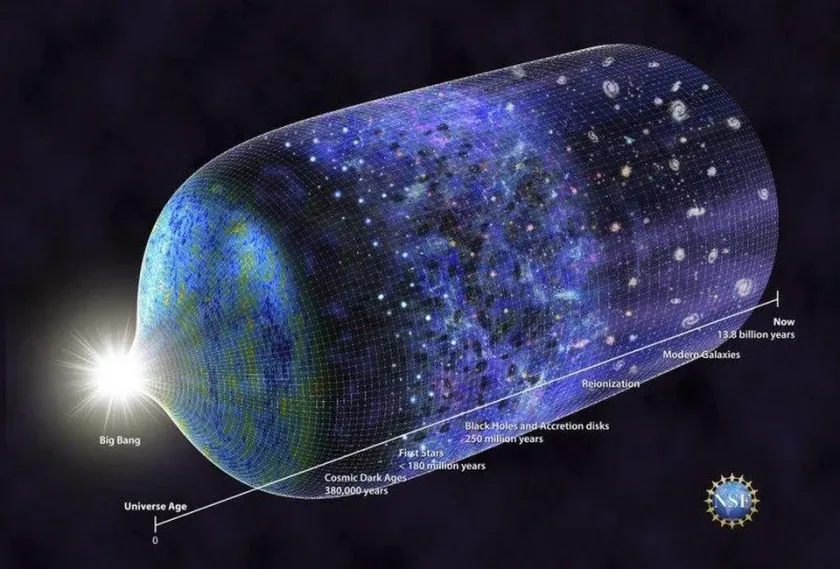
Challenging Inflationary Cosmology
The final segment of the book focuses on the road ahead in physics. The author also challenges accepted ideas, such as inflationary cosmology.
One of Penrose’s main critiques of inflationary cosmology is related to the entropy of the early universe. He argues that the extremely low entropy of the early universe, which is a key assumption of inflationary cosmology, is highly improbable. He believes that the entropy of the early universe should be higher.
The extreme uniformity observed in the cosmic microwave background (CMB) radiation contradicts the second law of thermodynamics. The phenomenon hints at an increase in entropy over time. Therefore, as per him, the Big Bang was not a unique event but rather one in a series of events in a cyclical universe.
The book concludes by providing an overview of present cosmological knowledge, encompassing the widely accepted Big Bang theory and its experimental validation.
He also explores philosophical and scientific topics, such as the beauty of mathematics, the role of falsifiability in scientific theories, and concerns about the popularity-driven direction of string theory.
Sir Penrose is critical of the overwhelming support for string theory. He emphasizes the importance of caution in embracing ideas without experimental confirmation. A similar thought was echoed in The Trouble with Physics by Lee Smolin, a book that I recently finished reading.

Takeaway
This book gracefully navigates from fundamental laws to intricate complexities of physics. As mentioned earlier, it demands a solid foundation in math and physics. However, if you have explored the works of Brian Greene, Michio Kaku, Lisa Randall, and Stephen Hawking, it’ll surely ease the journey through The Road to Reality.
A crucial masterpiece of this century, I strongly recommend every science enthusiast to read this book.


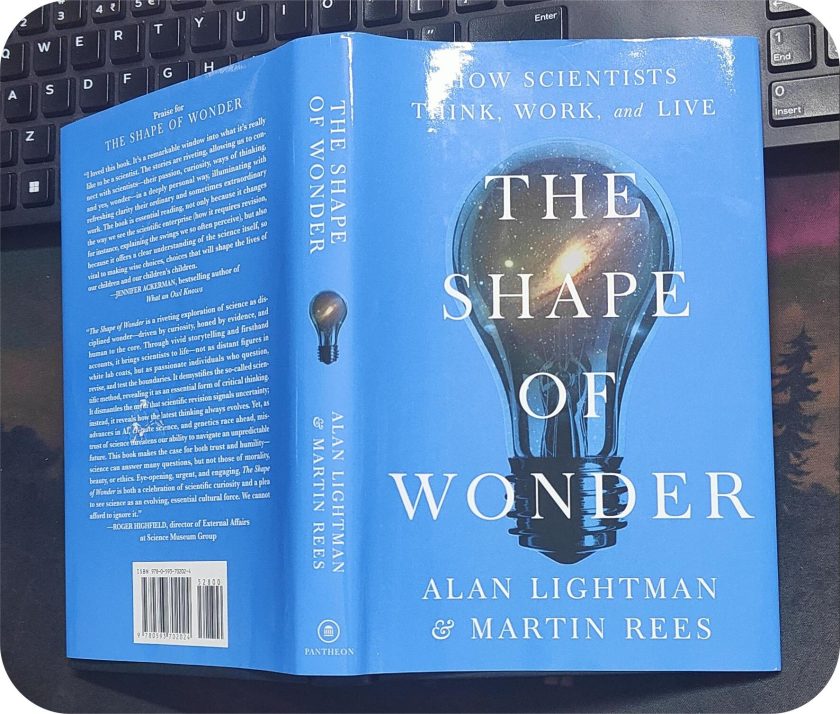

[…] idea of the universe going in cycles. BTW, I have two of his books, worth checking them out – The Road to Reality and The Emperor’s New Mind. Coming back to The Great Unknown, there’s no solid answer regarding […]